Introduction to Solana and Its Technology
Solana stands out as a formidable player in the blockchain ecosystem due to its unique technological constructs and capabilities. At its core, Solana is designed to be a fast, decentralized, and scalable blockchain platform, delivering high performance through its sophisticated architecture. Central to its efficiency is the innovative Proof of History (PoH) consensus algorithm, which operates alongside the traditional Proof of Stake (PoS) mechanism. This duality allows Solana to process transactions at unprecedented speeds while maintaining robust security.
The Proof of History algorithm offers a historical record that proves an event has occurred at a specific moment in time, which significantly accelerates the network’s throughput. This, combined with PoS, ensures that the platform can handle high transaction volumes with minimal latency. Such capabilities are essential for a myriad of applications, positioning Solana as a premier blockchain solution for enterprises and developers alike.
Moreover, Solana’s architecture supports multiple programming languages, including C, C++, and Rust, providing developers with flexibility and ease of integration. This versatility helps in developing a broad range of applications from decentralized finance (DeFi) to NFT marketplaces, and beyond. Solana’s focus on performance does not sacrifice its openness, inviting a diverse community of developers to innovate within its ecosystem.
Given its design, the ability to handle high throughput with low cost is another critical aspect, translating into lower transaction fees compared to other blockchains. This makes Solana particularly appealing for businesses and developers looking to deploy large-scale applications without incurring prohibitive costs.
Solana’s diverse capabilities and efficient structure underline its potential usability across various sectors, including finance, gaming, healthcare, and supply chain. With its superior speed and scalability, Solana is well-positioned to provide robust solutions for modern technological needs, making it a significant subject for a comprehensive Solana price analysis and future projections.
Solana Price Analysis and Historical Data
In the realm of cryptocurrencies, understanding historical price movements is crucial for predicting future trends. Solana (SOL), renowned for its robust blockchain technology, has experienced significant price fluctuations since its inception. A comprehensive salona price analysis reveals a series of pivotal moments that have shaped its market trajectory.
One of the most notable peaks occurred in November 2021, when Solana’s price skyrocketed to an all-time high of $259.96. This surge was driven by a combination of factors including increased adoption of its blockchain, strategic partnerships, and broader market enthusiasm for decentralized applications. However, like many cryptocurrencies, Solana’s price demonstrated high volatility, leading to substantial corrections thereafter.
For instance, in March 2021, SOL’s value dropped significantly to $22.65. This sharp decline can be attributed to market corrections and macroeconomic factors influencing investor sentiment. Despite such downturns, Solana’s price history is characterized by a pattern of resilience and recovery, reflective of its solid technological foundation and growing ecosystem.
Detailed charts and graphical representations of Solana’s year-long price movements reveal intricate patterns of peaks and troughs. Observing these patterns, analysts can discern trends that signify potential future price behavior. For example, Solana often exhibits rapid price increases followed by gradual consolidations, suggesting periodic but potentially profitable opportunities for long-term investors.
Moreover, examining the historical data provides invaluable insights into Solana’s market cycles. By correlating price movements with external events and internal technological advancements, experts can predict potential future volatility. The cyclical nature of cryptocurrency markets indicates that while downturns are inevitable, the overall trajectory for assets like Solana tends toward long-term growth driven by continuous innovation and adoption.
Ultimately, a thorough salona price analysis reveals that despite its historical volatility, Solana maintains promising prospects for long-term appreciation. Investors and market watchers should remain vigilant, leveraging historical data to navigate future market conditions effectively.
Solana’s market fundamentals provide a multifaceted view of its strength and adoption in the ever-evolving cryptocurrency landscape. As of now, Solana boasts a market capitalization of $10.3 billion, underscoring its significant presence. With a circulating supply of 498.9 million tokens and a total supply of 489.6 million tokens, this discrepancy suggests robust demand and strategic allocation of resources within the ecosystem. Notably, the token has witnessed an astonishing increase of 572.8% over the past year, a testament to its growing allure among investors and developers alike.
The remarkable growth of Solana is attributed to several factors, including the platform’s development trajectory and widespread adoption. A pivotal element bolstering Solana’s appeal is its active and vibrant community. This community is composed of a growing number of developers who are continuously innovating and contributing to the platform’s ecosystem, driving the creation and deployment of decentralized finance (DeFi) applications and decentralized applications (dApps). These applications leverage Solana’s high throughput and low latency, establishing it as a formidable player in the blockchain space.
Furthermore, the efficacy of Solana’s proof-of-stake (PoS) consensus algorithm plays a crucial role in its scalability and security. Solana’s PoS mechanism is designed to support high transaction throughput while maintaining decentralization and security, essential attributes for supporting the burgeoning DeFi and dApp activities. This scalability, without compromising security, is crucial in differentiating Solana from other blockchain networks, making it suitable for large-scale applications and enterprise use cases.
In addition to its technical prowess, the practical use cases on Solana’s blockchain demonstrate its real-world applications. The platform supports a variety of prominent DeFi projects that facilitate lending, borrowing, and trading activities in a decentralized manner. As these applications continue to grow and diversify, they underscore the vast potential of Solana and solidify its position within the crypto ecosystem.
Overall, Solana’s impressive market fundamentals, active development community, and robust technical architecture provide a comprehensive framework for evaluating its current and future prospects. As the ecosystem evolves, continued community engagement and innovative advancements will likely play pivotal roles in driving Solana’s sustained growth and adoption in the blockchain arena.
Future Outlook and Potential Challenges for Solana
Solana stands at a promising juncture in the cryptocurrency landscape, bolstered by solid fundamentals and a rapidly expanding ecosystem. With its high throughput capabilities, lower transaction costs, and improved scalability, Solana is well-positioned to support a diverse range of decentralized applications (dApps) and enterprise solutions. The platform’s increasing adoption rate is an encouraging indicator of its potential for long-term growth, with more developers and projects choosing Solana for its superior performance metrics.
One of the key strengths of Solana is its technological foundation. The platform’s unique Proof of History consensus mechanism allows for enhanced processing speeds and reduced latency, distinguishing it from its peers. This technological edge is a critical driving factor behind Solana’s competitive advantage and adoption by a suite of innovative blockchain projects.
However, the competitive landscape presents a significant challenge. Solana faces stiff competition from established blockchain platforms like Ethereum, Binance Smart Chain, and Polkadot. Each of these platforms has a robust and loyal user base, vast developer resources, and ecosystem support, making the fight for market share a complex and ongoing battle. Ethereum’s transition to Ethereum 2.0, in particular, may mitigate some of its scalability and cost issues, posing a direct threat to Solana’s unique selling points.
Regulatory uncertainties are another potential hurdle. The evolving regulatory environment for cryptocurrencies globally can impact Solana’s growth trajectory. Regulatory policies could affect token accessibility, project funding, and overall market sentiment, necessitating vigilance and adaptability from Solana’s stakeholders. The need for compliance and the potential imposition of stricter regulations could slow down momentum or create operational constraints.
Despite these challenges, Solana’s current market position remains strong. The platform’s dedication to innovation, community engagement, and strategic partnerships fortifies its standing in the blockchain ecosystem. As the cryptocurrency market continues to evolve, Solana’s ability to navigate competitive pressures and regulatory shifts will be crucial in determining its future growth and sustainability.



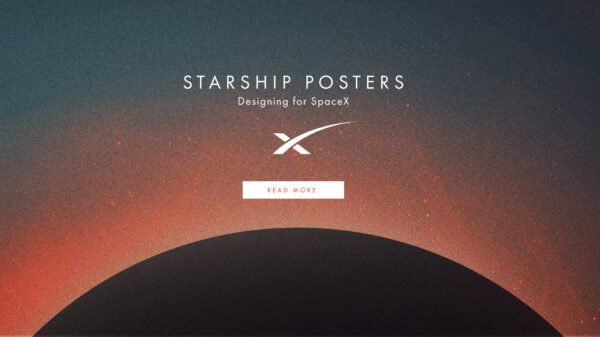









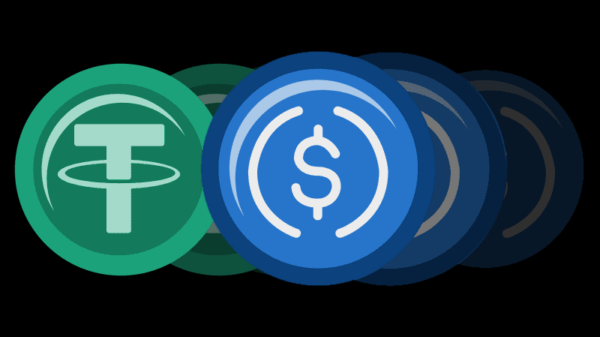
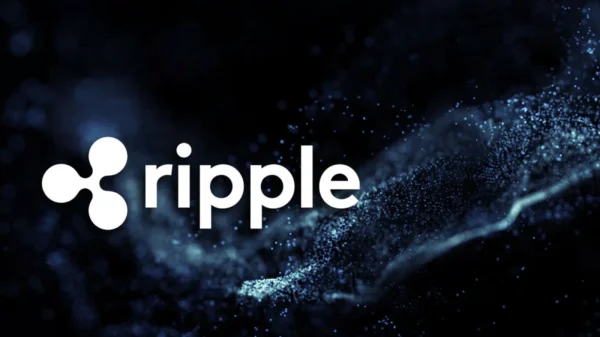





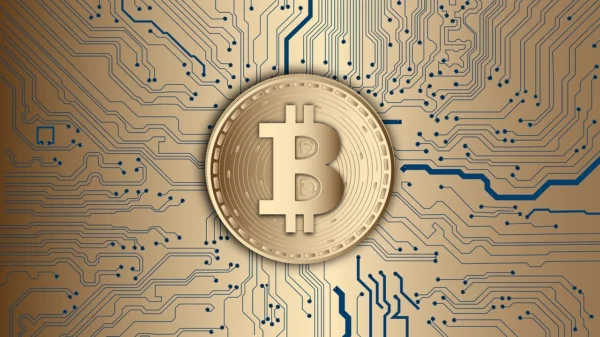

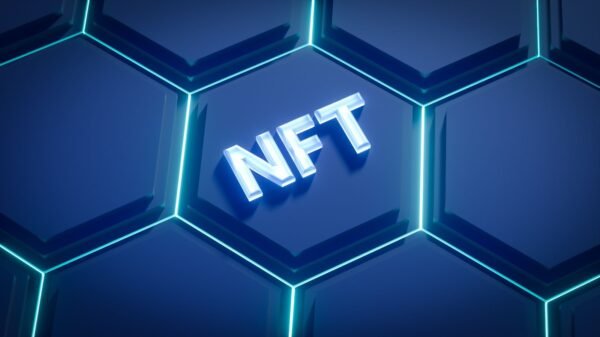
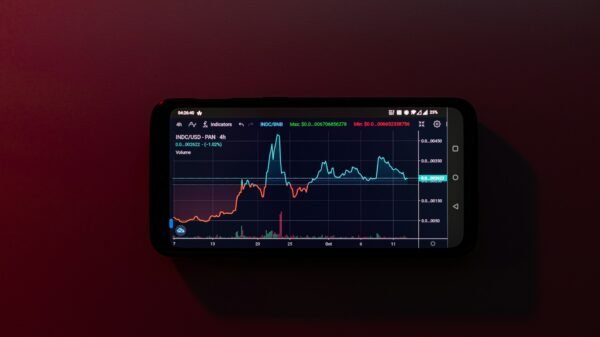
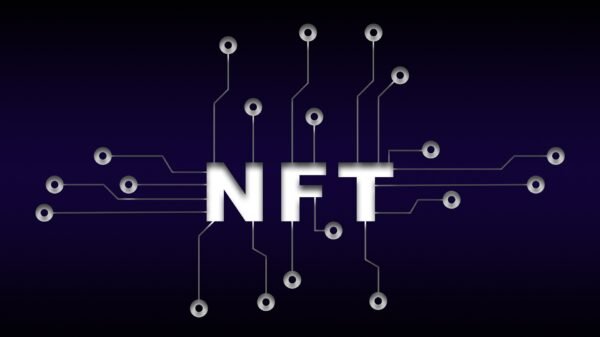

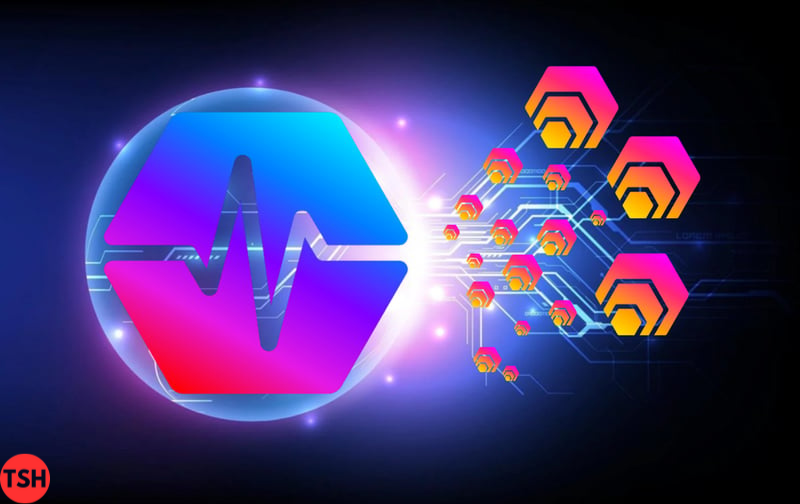

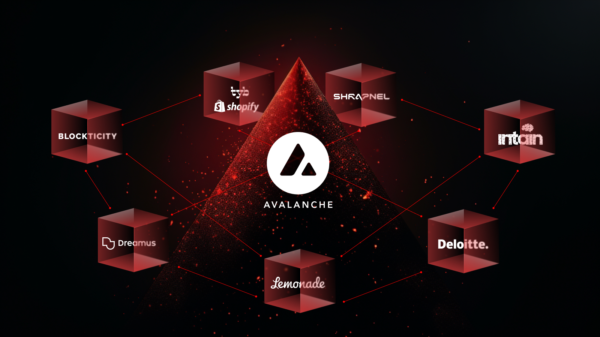




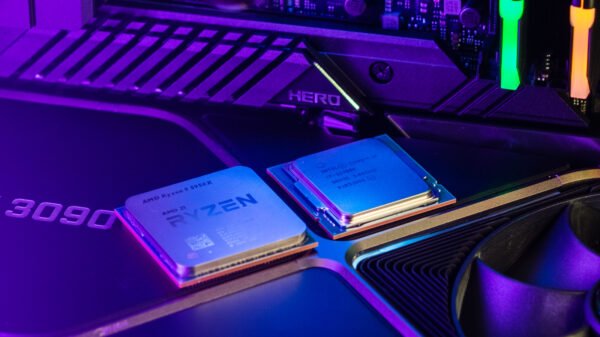
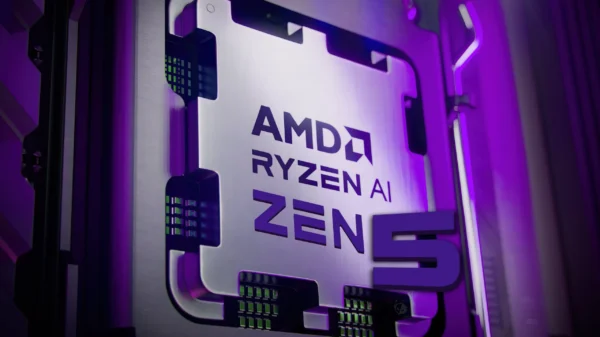




























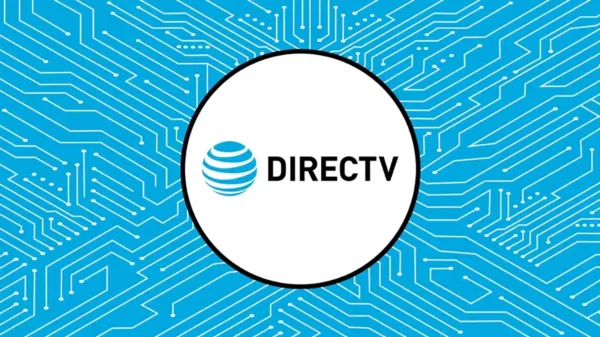

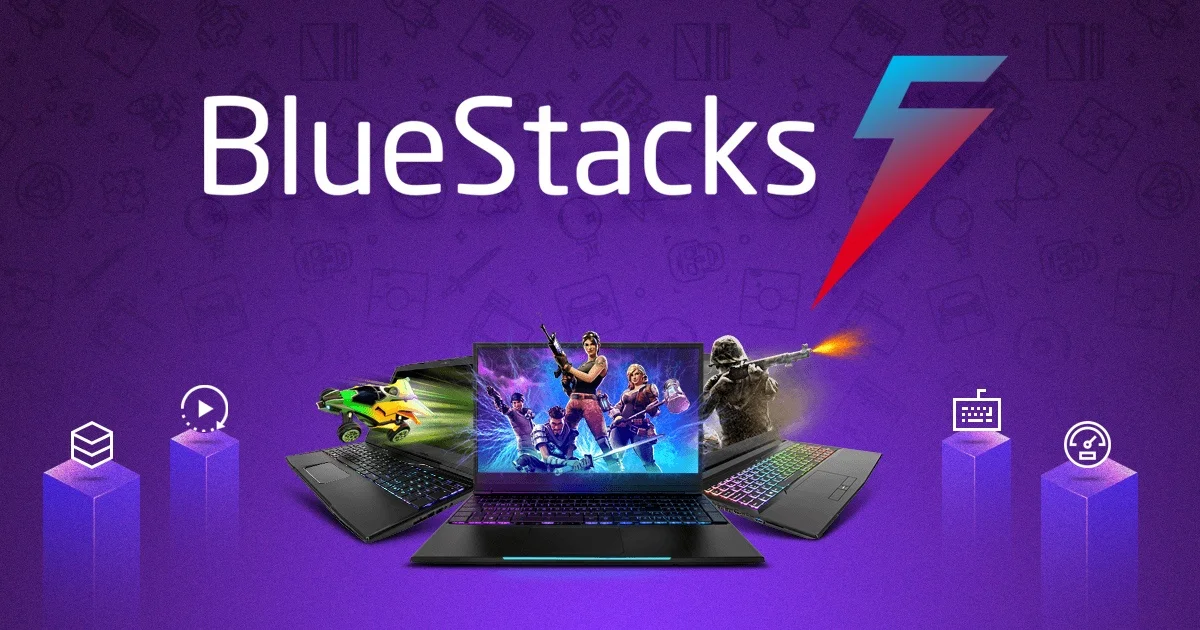





Pingback: The Highly Anticipated Release of the OnePlus 13: What to Expect - Tech So Hard